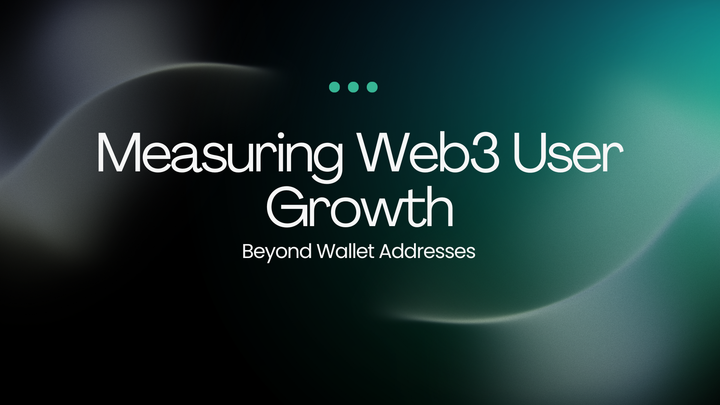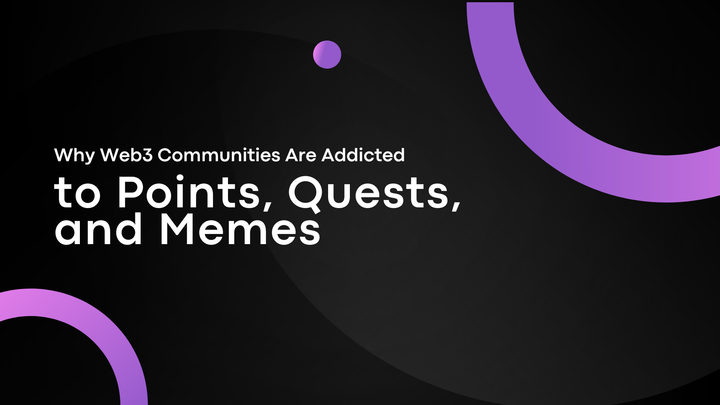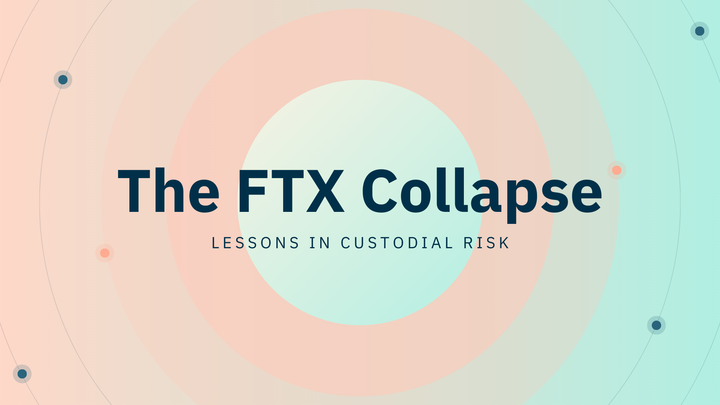Mitosis: You Can Easily Understand It Too!

In Mitosis’ official documentation, there used to be a section that explained the concept in a way that even a five-year-old could understand. Although that section is no longer available, I believe that every technology should be explained in a way that anyone can grasp. So, the goal of this article is to help everyone understand Mitosis. Let’s get started!
Mitosis: A System That Makes Your Money Smarter!
Have you ever deposited money in a bank? You earn interest by keeping your money there, but you can’t use that money while it’s locked up. But what if you could invest that money elsewhere while still earning interest, and freely access it whenever you need it? Mitosis is a DeFi (decentralized finance) system that makes this possible.
Why Do We Need Mitosis?
The current DeFi system has two major problems:
1. Your money gets locked up.
- For example, if Alice deposits Ethereum (ETH) on a platform called B, she can’t use that money elsewhere. It’s like putting your money in a bank vault and locking it away.
2. Only large investors make big profits.
- The bigger issue is that the opportunity to earn high returns is usually reserved for large investors, known as "whales." They often get better deals through private contracts, making it difficult for regular users to access the same opportunities.
Mitosis was created to solve these two problems.

How Does Mitosis Solve These Problems?
The key to Mitosis is that your money isn’t just stored—it can move freely and be used in multiple places at once. When you deposit assets into the Mitosis Vault, they are converted into digital tokens called Vanilla Assets. Depending on how you choose to use them, these assets can generate income in two ways.
1. EOL (Ecosystem-Owned Liquidity)
EOL allows the community to collectively manage assets and vote on where to invest them. For example, when Bob deposits Ethereum (ETH) into the Mitosis Vault, he receives a token called miETH in return. This token has two main functions:
1) Earning Passive Income:
- miETH automatically collects income from lending interest or transaction fees across multiple blockchains. Bob doesn’t need to do anything—he earns income effortlessly.
2) Voting Power:
- With miETH, Bob can participate in community votes. For example, if there’s a vote on which protocol should receive ETH investments, Bob can use his miETH tokens to vote. Based on the results, assets are allocated to the most profitable option. This system ensures that everyone, not just large investors, can have a say in how assets are distributed.
Example:
Bob deposits 10 ETH into the Mitosis Vault and receives 10 miETH in return. His miETH automatically accumulates income from various chains, and Bob receives regular interest payments. At the same time, he can vote on which projects should receive investments using the collective pool of assets.
2. Matrix
Matrix allows users to directly participate in liquidity campaigns with predefined conditions. While EOL is about community-driven decisions, Matrix gives individuals the freedom to make faster, more direct investments. When users deposit their assets, they receive maAssets, which represent their share of the campaign’s profits.
Example:
Charlie wants to earn higher returns in a short period. He joins a liquidity campaign in Matrix that offers a 10% annual return for providing liquidity to an ETH-USDC swap pool for 30 days. Charlie deposits ETH and receives maETH tokens. After 30 days, he receives his principal plus the promised profit.
The advantage of Matrix is that users can earn faster, more predictable returns, while EOL provides more stable, long-term income through community-driven asset allocation.
What Makes Mitosis Special?
The key difference with Mitosis is that its position tokens (miAsset and maAsset) are not just certificates of ownership. These tokens are programmable building blocks that can be used in the following ways:
- Trading: You can sell or exchange position tokens with others.
- Collateral: Use position tokens as collateral to borrow money.
- Splitting and Combining: You can split position tokens into principal and profit components or combine them to create new financial products.
In this way, Mitosis doesn’t just store assets, it allows users to use them freely and creatively.
Here’s an X post that explains Mitosis liquidity in a simple way.
To put it simply, here’s what it means:@MitosisOrg is a system that helps money move more efficiently instead of sitting idle.
— hwangjae | DSRV (@hwangjae_dsrv) February 20, 2025
For example, when you deposit money in a bank, you earn interest, but the money can only be used in limited ways. Mitosis, however, turns that money… https://t.co/tg4fqo5uSI
Mitosis Core and Settlement System
At the heart of Mitosis is its infrastructure, called Mitosis Core. This system connects multiple blockchain networks, allowing assets to move freely while ensuring their security with Ethereum’s robust protection. Another key component is the Settlement System.
The Settlement System tracks and settles all activities between different chains and Mitosis Core, ensuring that users can accurately see the value and income of their position tokens.
Example:
If David earns income through Matrix on the Arbitrum network, the Settlement System ensures that this income is accurately reflected in David’s maAsset. This allows David to see exactly where his assets are invested and how much profit they are generating.
How Is Mitosis Different from Other Projects?
Compared to traditional DeFi platforms, Mitosis stands out in three main ways:
1. Liquidity That Works Even While Moving:
- Regular cross-chain bridges simply transfer assets from one chain to another. But with Mitosis, your assets continue to generate income through miAsset or maAsset even while they’re in transit.
Example:
If Eve transfers ETH from Ethereum to Arbitrum, she wouldn’t earn any income during the transfer using a regular bridge. But with Mitosis, her assets continue to earn income automatically, even while moving between chains.
2. High Returns Without Large Investments:
- Traditional DeFi platforms often require large amounts of capital or private deals to access higher returns. Mitosis pools assets from multiple users, increasing its bargaining power and allowing smaller investors to earn returns on par with large investors.
3. Freedom to Use Your Tokens:
- In traditional liquidity pools, assets are locked up and can’t be used for other purposes. But with Mitosis’ position tokens (miAsset and maAsset), you can trade, use them as collateral, or reinvest them while still earning income.
In Conclusion
Mitosis is not just about storing assets, it helps users use their assets more intelligently. As shown in the examples:
- Bob earns income and votes with EOL.
- David provides liquidity across multiple chains using Mitosis Core.
- Eve generates income while transferring assets between chains.
- Charlie earns faster returns through short-term liquidity campaigns with Matrix.
By solving the limitations of traditional DeFi, Mitosis makes assets more flexible and efficient. Now, anyone can have the opportunity to earn more from their assets.



Comments ()